watery simulations
Wednesday, October 4th, 2006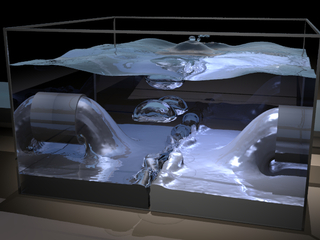
water again: water simulations are cool. However the big question is: WHAT IS A SIMULATION? I.e. at what point do we accept a thing to look physically realistic? Do we want it to look realistic?
randformblog on math, physics, art, and design |

water again: water simulations are cool. However the big question is: WHAT IS A SIMULATION? I.e. at what point do we accept a thing to look physically realistic? Do we want it to look realistic?
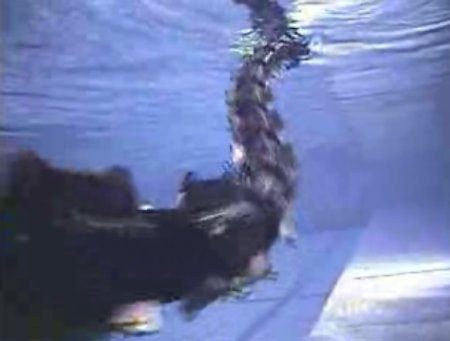
I am thread safe – i.e. I am still keeping water as a subject after the last post. However I have to say that I find this rollerskating robot from Hirose robotics lab actually cooler as the above swimming snake robot. yes – its almost as cool as the famous boston mule.
strongly recommended: Hirose lab movie gallery
this is not really a follow up post to this old dainty walker randform post :).
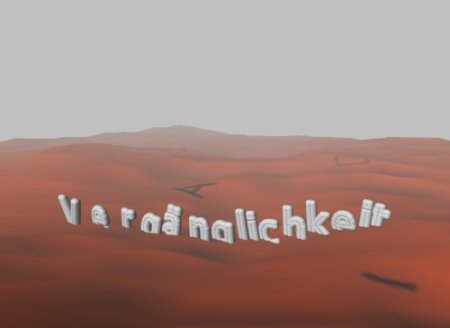
We put a new work on our media art page called alphabet soup.
Last night was the world premiere of the artistic game “Day of the Figurines” by Brighton’s Blast Theory hosted by First Play Berlin, Trampoline an event which is part of UK’s radiator festival.
(more…)
–just a link to phys.org to what seems to be a very interesting experiment.
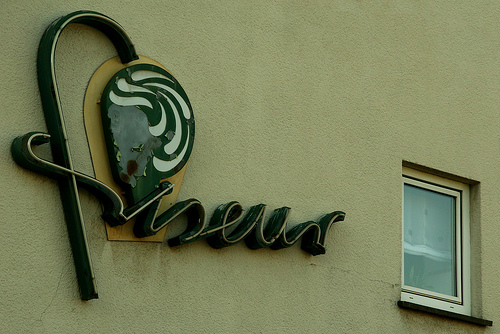
The “Deutsche Sprachrat” (german language council) is holding a competition for collecting german words, which diffused into other languages – sometimes by acquiring a new meaning in the process.
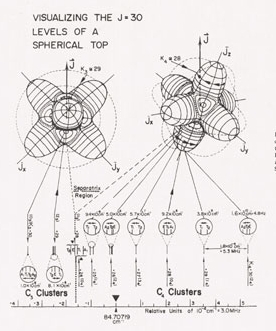
There is a nice project at Cornell called visualizing meaning, which is a down-to-earth approach to the vast field of information visualization.
For the project all 1,943 Cornell Faculty were asked to respond to the following question:
Of the many charts (graph, map, diagram, table and ‘other’) you have seen in your life, which has been the most important, remarkable, meaningful or valuable?
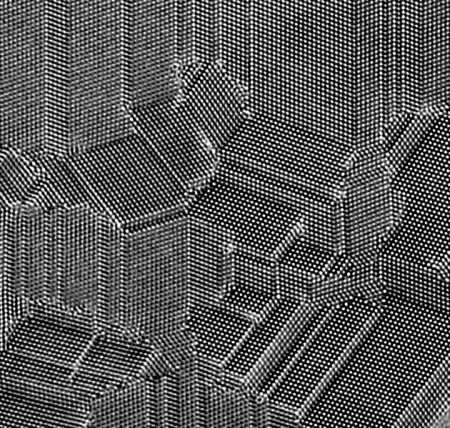
atomic resolution micrograph of multiple twinned nanocrystalline film of Si (C. Song) in the ncem gallery
This post is sort of a followup to e.g. this randform post as it covers the unseeable.

Science and the National Science Foundation were pleased to announce the winners of the fourth annual Science and Engineering Visualization Challenge.
We were very pleased to see a slide of our colleague Richard Palais together with Luc Bernard among the competition winners (see above image, First place for illustration). It shows wellknown mathematical surfaces in glassy style.